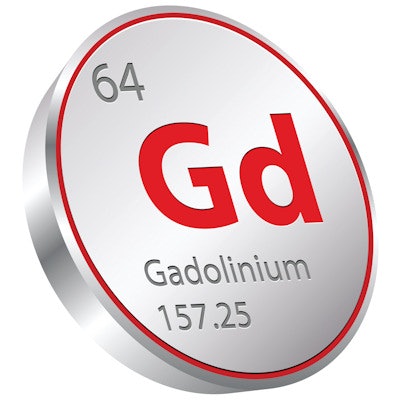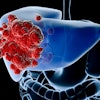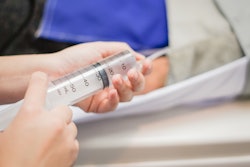
Two studies are sounding the alarm regarding the negative effects on the Earth's water systems of gadolinium-based contrast agents (GBCAs) used for MRI exams.
In the first study, a team led by Clément Pereto, PhD, of the University of Bordeaux in Pessac, France mapped gadolinium waste in the Earth's oceans. A second study from the University of Debrecen in Hungary tracked the deposition of medical gadolinium in urban water systems.
In their analysis, Pereto et al wrote that tracking the effect of GBCAs on Earth's ecosystems is crucial for not only human health but also the health of the planet. The group's findings were published March 6 in Environment International.
"[The model we used in our study] was established to serve as a tool for assessing and helping develop environmental strategies to locate major pollution sources and limit the impacts on human health and ocean biodiversity," Pereto and colleagues wrote.
Marine ecosystems have been impacted by contaminants that include medical waste, and this trend "represents a significant environmental issue," the group wrote. Waste from gadolinium-based contrast agents enters the Earth's water systems through patients' urine within about 30 hours after injection; traces of them have been found in the drinking water of a number of European cities, the team noted.
"The increase in GBCA consumption over the past three decades has ... led to the widespread dispersion of [contrast agent waste] in the continental and marine aquatic environments, particularly downstream from major cities," according to the investigators. "Indeed, the release of GBCAs is likely to intensify as the use of medical technology and access to healthcare for citizens continues to grow."
Pereto's team tracked the flow of gadolinium to the oceans based on factors such as its overall use, demographics of its use, and its medical use with a model that consisted of a map of gadolinium "fluxes" in 48 European countries (fluxes being the ebb of gadolinium excretion).
The investigators found the following:
| Percent of gadolinium 'exported' to Earth's oceans | |
| Ocean | Percentage |
| Atlantic | 43% |
| Black Sea | 24% |
| Mediterranean Sea | 23% |
| Baltic Sea | 9% |
The team found that Germany, France, and Italy contribute 40% of Europe's annual flux of gadolinium into the ocean. The group also noted, however, that the COVID-19 pandemic may have slowed the excretion of gadolinium into the Earth's water systems as MRI scans were postponed or canceled.
"In order to control GBCA contamination pathways, a better understanding of the cycle of these elements is needed, based on the reliable characterization of fluxes from watersheds," the group wrote.
In the second study, a team led by Attila Laczovics, PhD, of the University of Debrecen in Hungary explored how and where medical gadolinium is excreted into urban water systems, finding that the majority of it (63%) is discharged outside of the sewer system (i.e., wastewater treatment plants). These results were published March 15 in Science of the Total Environment.
For the research, the team monitored the amount of gadolinium as GBCAs released by two MRI centers into the wastewater of a medium-sized city (roughly 203,000 inhabitants) for 45 days; the investigators used a model that took patient geographics, the "excretion kinetics" of gadolinium, and its presence in the wastewater; 1,008 patients injected with the GBCAs Omniscan and Dotarem were included, and the total amount of gadolinium administered was 700 g (of this total amount, 531 g entered the environment through wastewater treatment plants and 261 g entered via human excretion of GBCAs).
"[Our study] enables a better understanding of the dispersion of GBCAs ... in an urban environment," the group concluded.




.fFmgij6Hin.png?auto=compress%2Cformat&fit=crop&h=100&q=70&w=100)




.fFmgij6Hin.png?auto=compress%2Cformat&fit=crop&h=167&q=70&w=250)











